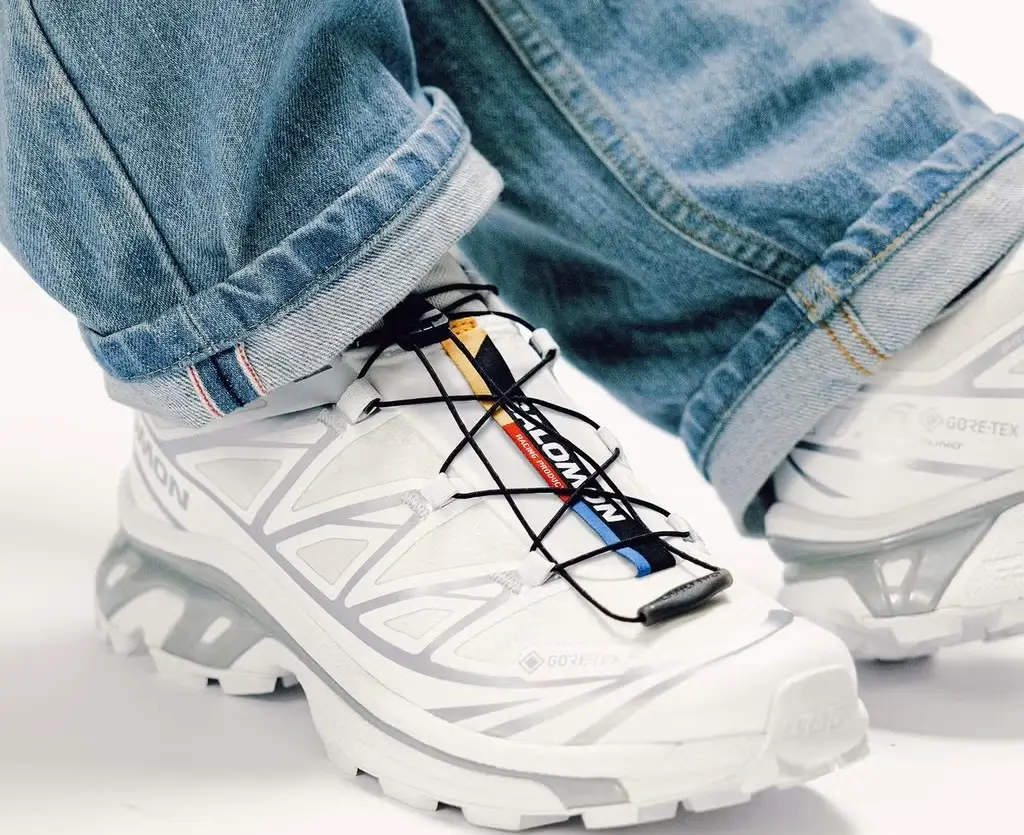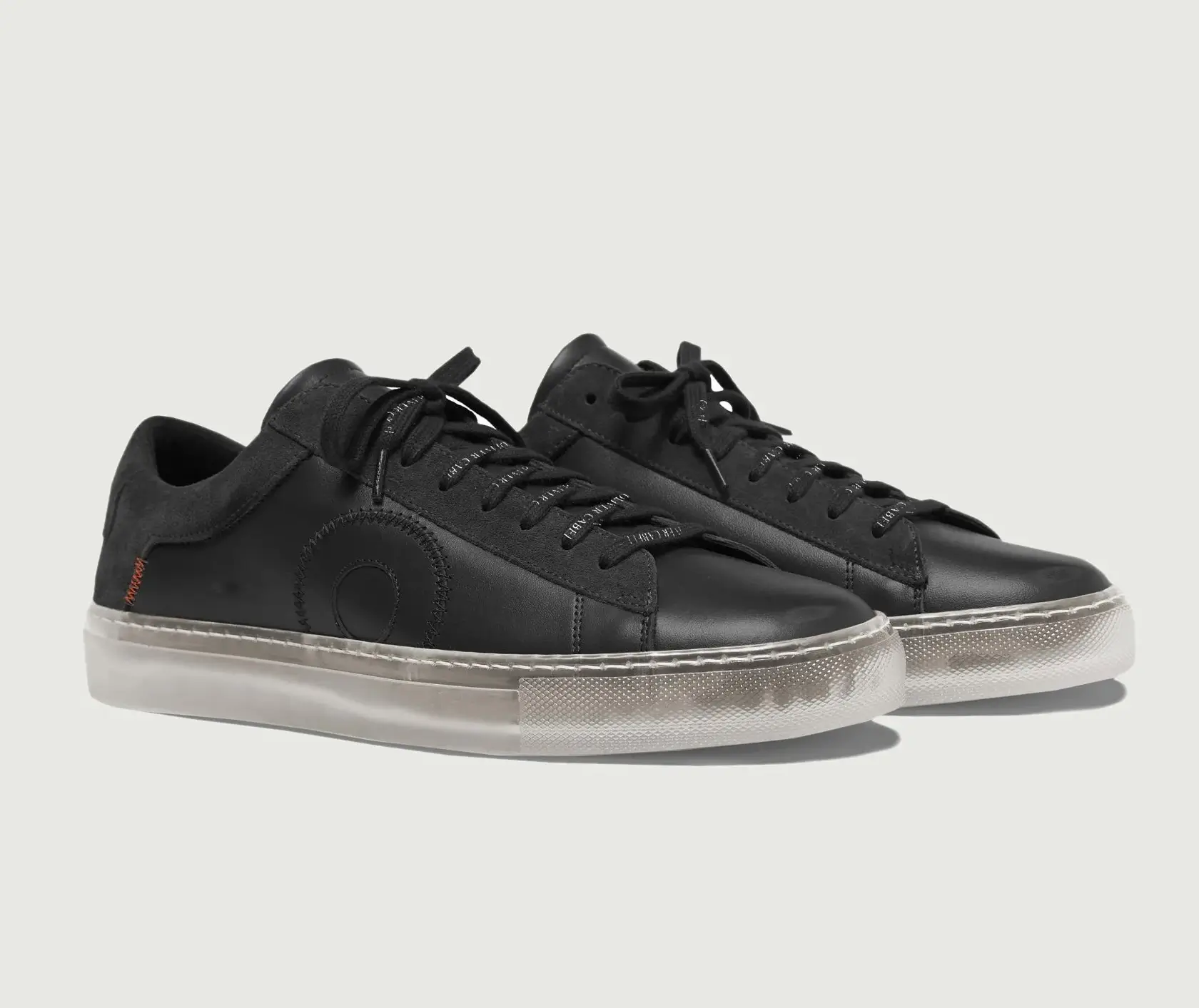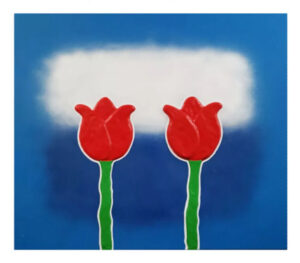Vivienne Westwood’s impact on fashion is rooted in her subversive approach to tradition, combining elements of historical costume with the anarchic energy of punk. One of the most iconic representations of this aesthetic is the Squiggle Pirate Boot, a design that emerged during the early 2000s and quickly became emblematic of Westwood’s style revolution. With its exaggerated form and bold squiggle pattern, the boot epitomizes the collision of opposites: a nostalgic nod to the past fused with a radical reinterpretation for contemporary fashion.
Distilling Punk Spirit with Historical Reverence
The Squiggle Pirate Boot is visually striking, owing much of its allure to its unique design elements. Westwood, ever the provocateur, drew inspiration from 17th-century footwear, particularly the broad-toed, high-shafted pirate boots worn by swashbucklers and adventurers. The boots’ distinctive shape, with its sweeping, curved toe and fold-over cuff, projects a sense of both bravado and whimsicality. This historical reference is juxtaposed against a modern, bold squiggle print, initially introduced in Westwood’s “Pirate” collection from the 1981 runway show.
The squiggle pattern, composed of repetitive curvilinear forms in tan and white, lends the boots an almost cartoonish aesthetic. Yet, it is precisely this exaggeration that transforms the boots into a wearable work of art. Crafted from high-quality leather with sturdy stitching and hand-painted detailing, the boots are not just a statement piece but also a testament to Westwood’s commitment to craftsmanship. Each pair is meticulously constructed, ensuring that the form does not compromise functionality—a crucial balance that many avant-garde designers struggle to achieve.
What’s most fascinating about the Squiggle Pirate Boots is the interplay of texture and print. The use of soft, supple leather for the uppers contrasts with the stiff, almost architectural structure of the boot’s silhouette, creating a tension between movement and rigidity. The squiggle pattern, while visually chaotic, follows a deliberate rhythm, guiding the viewer’s eye along the curves and folds of the leather. The result is a piece that feels alive and dynamic, embodying the rebellious spirit of punk while simultaneously nodding to the opulence of Baroque fashion.
Punk Iconoclasm Meets Couture
The Squiggle Pirate Boots have been reimagined several times since their inception, yet their relevance endures, primarily due to their cultural significance. When Westwood first launched the “Pirate” collection, she was responding to the stifling conservatism of British fashion at the time. The collection, and the Squiggle Boots in particular, were a direct challenge to the status quo, blending the outrageousness of punk aesthetics with the rich, opulent references of historical dress. By doing so, Westwood blurred the lines between the past and the present, questioning the idea of what constitutes “good” taste.
The tan and white iteration of the Squiggle Boots, released in the 2000s, carries forward this ethos. The muted, earthy tones of tan ground the otherwise flamboyant design, making it accessible yet still undeniably Westwood. This colorway suggests a maturation of punk, a sense of grounding that acknowledges the movement’s historical context without sacrificing its anti-establishment roots. The boots became a favorite among fashion-forward celebrities and musicians, further cementing their place in popular culture.
These boots were frequently spotted on the feet of artists like Gwen Stefani and Kate Moss, who were themselves navigating the intersection of mainstream success and countercultural appeal. The Squiggle Boots, with their blend of the audacious and the classical, spoke to a generation of creatives seeking to express individuality in a world increasingly defined by conformity. As a result, they became a symbol of sartorial defiance, a way for wearers to claim a piece of fashion history while simultaneously subverting it.
From Subculture to High Fashion
The Squiggle Pirate Boot’s journey from the underground to the forefront of high fashion is a testament to Westwood’s ability to anticipate and shape cultural trends. While the early 2000s marked a period of experimentation and reinvention for many designers, Westwood’s boots stood out because they were not simply following trends—they were dictating them. The resurgence of interest in early 2000s fashion today, marked by the revival of Y2K aesthetics, has brought renewed attention to pieces like the Squiggle Boots.
In an era dominated by minimalism and normcore, the Squiggle Pirate Boot’s baroque sensibility feels refreshingly rebellious. Their design speaks to a craving for authenticity and craftsmanship in a market saturated with fast fashion and disposable trends. Wearing the Squiggle Boots is a declaration of commitment to artistry and individuality, a way to stand out in a sea of homogenized styles.
Moreover, the boots’ historical references invite the wearer to participate in a dialogue between the past and the present. They ask the question: what does it mean to be avant-garde today? By choosing to wear the Squiggle Pirate Boots, one aligns with a lineage of fashion rebels who have used clothing as a form of expression and resistance.
Impression
Ultimately, the Squiggle Pirate Boots in tan and white are more than just a fashion item—they are a canvas on which Westwood inscribed her vision of fashion as a tool for cultural critique. They encapsulate the essence of Westwood’s philosophy: to look to the past not with nostalgia but with a critical eye, using it as a springboard for innovation. The boots invite us to reconsider our relationship with history, tradition, and beauty.
The power of the Squiggle Pirate Boots lies in their ability to evoke a sense of timelessness while remaining firmly rooted in the present. They are an assertion that fashion need not be bound by temporal or stylistic constraints; it can, and should, be a space for experimentation and expression. For Westwood, the Squiggle Boots were not just an accessory—they were a manifesto.
The Vivienne Westwood Squiggle Pirate Boots in tan and white are an enduring symbol of the designer’s subversive genius. They challenge the conventions of fashion and wearability, daring the wearer to embrace the radical potential of clothing. Their legacy is one of rebellion, creativity, and a fierce commitment to the power of design to provoke, inspire, and transform.
No comments yet.








